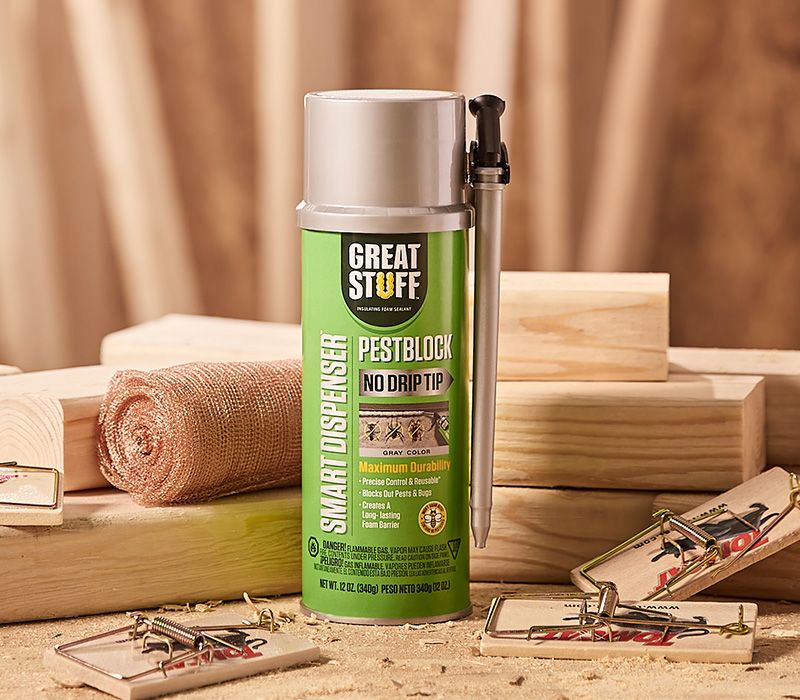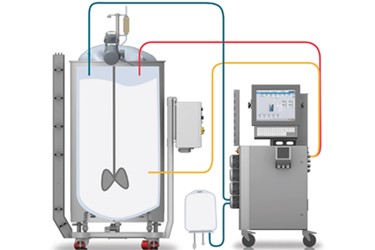Specialist Tips on Implementing Foam Control in Chemical Processing Environments
Specialist Tips on Implementing Foam Control in Chemical Processing Environments
Blog Article
A Comprehensive Guide to Implementing Foam Control Solutions in Your Operations
Reliable foam control is a crucial aspect of operational performance that typically goes overlooked. Recognizing the complexities of foam generation can considerably affect both productivity and product quality. This guide details the numerous challenges presented by foam and the varied remedies offered, supplying a structure for picking and executing one of the most ideal strategies. By taking a look at crucial aspects such as application compatibility and personnel training, organizations can maximize their foam management initiatives. As we check out these parts, the capacity for transformative renovations in your operations comes to be apparent. What actions will you take next?
Comprehending Foam Obstacles
Foam obstacles are a substantial issue across numerous markets, affecting operational efficiency and product top quality. The development of excessive foam can prevent processes such as blending, transport, and storage, leading to raised downtime and waste. In sectors like food and beverage, pharmaceuticals, and petrochemicals, foam can interfere with assembly line, triggering product inconsistencies and contamination threats.
Moreover, foam can obstruct equipment capability, bring about costly repair work and maintenance. In wastewater therapy, foam can disrupt clarifier operations, resulting in lower treatment efficiency and regulatory compliance concerns.
Comprehending the underlying root causes of foam generation is vital for efficient administration. Elements such as surfactants, temperature fluctuations, and frustration levels can all add to foam manufacturing. Determining these aspects enables markets to execute targeted methods that reduce foam development while preserving product stability.
Sorts Of Foam Control Solutions

Mechanical options involve the use of gadgets such as foam skimmers or defoamers. Chemical services, on the other hand, consist of the application of defoaming agents-- substances that interfere with the foam structure, leading to its collapse. Foam Control.
Last but not least, operational methods concentrate on process changes. This may involve customizing devices criteria, such as temperature and stress, or transforming the flow rates of liquids to minimize foam generation. Carrying out good housekeeping techniques can additionally alleviate foam formation by lowering impurities that contribute to foam security.
Picking the suitable foam control remedy includes analyzing the specific needs of the operation, consisting of the kind of process, the characteristics of the products entailed, and security considerations.
Selecting the Right Products
Picking the best foam control items needs a complete understanding of the specific application and its unique obstacles. Factors such as the type of foam, the environment in which it happens, and the wanted outcome all play crucial roles in product selection. Foam Control. In sectors like food handling, it is crucial to select food-grade defoamers that comply with safety and security guidelines while efficiently managing foam.
Furthermore, think about the thickness of the liquid where the foam problem exists. Some items are created for low-viscosity applications, while others are customized browse this site for thicker liquids. Compatibility with existing procedures is an additional critical element; the picked foam control agents need to integrate perfectly without disrupting total operations.
One more essential aspect is the method of application. Some items might require dilution, while others can be used straight. Analyzing the ease of use and the called for dose can provide understandings right into the item's efficiency and cost-effectiveness.
Execution Strategies
Successful application approaches for foam control options need a systematic method that lines up product selection with functional requirements. The very first step involves a complete evaluation of the processes where foam occurs, determining certain locations that require intervention. By engaging cross-functional teams, consisting of high quality, manufacturing, and design assurance, organizations can collect insights that inform the selection of one of the most efficient foam control products.
Following, it is vital to develop clear objectives he has a good point for foam reduction, redirected here guaranteeing that these objectives are achievable and quantifiable. This might involve specifying acceptable foam levels and the timelines for implementation. Educating personnel on the residential or commercial properties and application techniques of selected foam control agents is equally important, as appropriate use is crucial for ideal outcomes.
In addition, integrating foam control solutions into existing process needs cautious planning. Organizations should establish a phased implementation plan, enabling for changes based on first outcomes. Normal interaction and comments loopholes with staff associated with the procedure will certainly help with prompt analytic and promote a culture of constant enhancement. Eventually, a well-structured technique will certainly improve operational efficiency while efficiently managing foam-related difficulties.
Tracking and Reviewing Efficiency
Monitoring and evaluating the efficiency of foam control remedies is vital for ensuring that executed methods produce the desired results. This process includes systematic data collection and evaluation to evaluate the efficiency of foam control agents and strategies. Key efficiency indicators (KPIs) should be developed before execution, enabling a clear standard versus which to determine progression.

Evaluating efficiency additionally needs regular reviews of foam control procedures and representative efficiency. This can be completed via tasting and testing, permitting operators to establish if current solutions are satisfying functional requirements. It is essential to solicit feedback from team participants that interact with these systems daily, as their insights can disclose operational subtleties that measurable data may forget.

Eventually, a structured surveillance and examination framework aids determine necessary adjustments, making sure that foam control remedies continue to be effective, inexpensive, and lined up with organizational objectives.
Verdict
To conclude, effective foam control remedies are necessary for maximizing functional effectiveness and preserving item top quality. A comprehensive understanding of foam obstacles, integrated with the choice of proper items and application methods, promotes the successful administration of foam generation. Establishing measurable KPIs and investing in workers educating better boost the performance of foam control measures. Normal monitoring and evaluation ensure continuous renovation, inevitably leading to an extra structured and efficient functional setting.
Executing great housekeeping methods can likewise minimize foam formation by lowering pollutants that contribute to foam stability.
Selecting the ideal foam control items requires a detailed understanding of the particular application and its special difficulties (Foam Control).Effective implementation strategies for foam control options call for an organized approach that straightens product option with operational needs.In conclusion, efficient foam control solutions are important for maximizing functional efficiency and keeping product high quality. A thorough understanding of foam difficulties, combined with the selection of suitable items and application approaches, assists in the successful monitoring of foam generation
Report this page